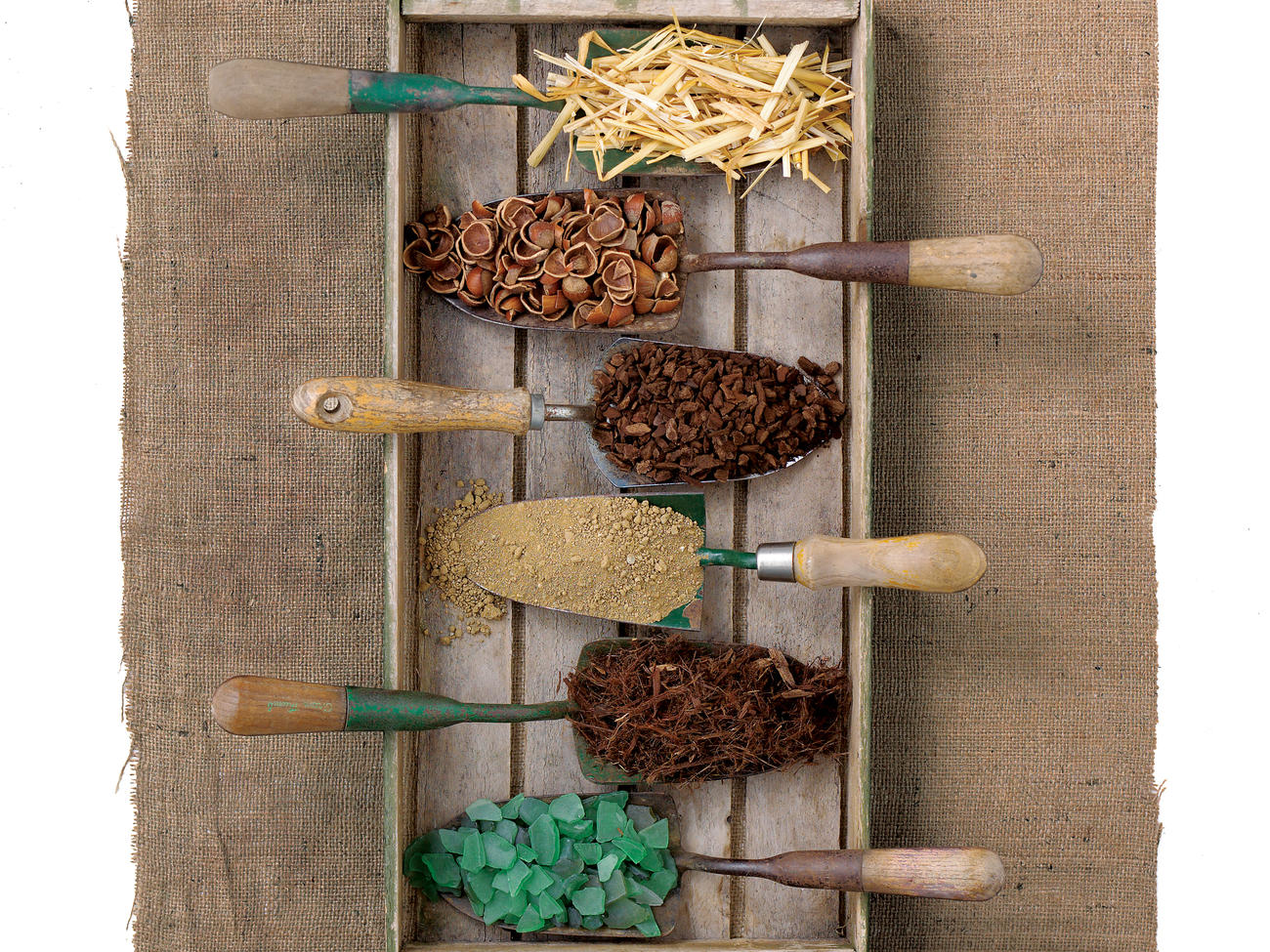
August

Plant
As drought persists and water-use regulations increase, consider replacing conventional turf-grass lawns with low-water varieties of blue grama (Bouteloua gracilis ‘Hachita’) or buffalo grass (Buchloe dactyloides ‘Legacy’). Ready-to-plant plugs and blue grama seeds are available from High Country Gardens (800/925-9387).
Set out transplants of calendula, chives, marjoram, oregano, rosemary, and society garlic in Sunset climate zones 1a-3b. In zones 10 and 11, plant basil, bee balm, lemon balm, and pineapple sage. For zones 12 and 13, set out basil, chives, lemon verbena, and nasturtiums.
Plant native and other low-water species now, when summer rains make digging easier. Attract butterflies in zones 10–13 with mist flower (Conocli-nium greggii) and blue mist flower (Ageratum corymbosum). Both are heat-loving perennials with puffy powder-blue blooms. They mix well with other butterfly magnets such as ‘New Gold’ lantana and attract clouds of showy orange queen butterflies.
Grow zephyr flowers in zones 10–13. For blooms that arrive with the season’s humidity, plant these summer-flowering bulbs now through November. The white-blooming version (Zephyranthes candida) bears its crocus-like flowers from tufts of grassy foliage. Hybrid Zephyranthes x ‘Prairie Sunset’ has apricot-colored blooms and longer-lasting evergreen foliage during the hot months.
Sow seeds for arugula, bush beans, carrots, lettuce, peas, radishes, spinach, and turnips in zones 1a–3b. Set out transplants of broccoli, brussels sprouts, cabbage, and cauliflower. Sow beans, corn, cucumbers, potatoes, and spinach in zones 10–11. Sow bush beans, carrots, corn, green onions, summer squash, and turnips in zones 12–13.
Maintain
Summer rains spur weed growth. In the early morning, before breezes pick up, either pull them by hand or spray with undiluted white vinegar, avoiding desirable plants.
To encourage fullness without diminishing height on leggy or woody plants, prune out one-third of the branches at the oleander’s base. To reduce overall size, cut the entire plant to 12 inches, then fertilize and water well. Watch for malformed flowers and warty growths ― signs of oleander gall, a bacterial disease. Cut out the affected parts and throw them away. Between cuts, disinfect pruning shears in a bleach solution (10 parts water to 1 part bleach) to avoid spreading the disease.
Cut back tomatoes in zones 10–13. Rejuvenate your tired tomatoes by shearing them back to a height of 1 foot, then fertilizing and watering deeply. This will spur new growth, yielding a crop that will begin to ripen in September.
Toward the end of the month, give citrus trees their final feeding of the year with a citrus-specific fertilizer. Follow package directions for application rates and water thoroughly before and after feeding.
After summer storms subside, cover bare spots in your garden with a new layer of mulch. If your garden is topped with gravel, add more (take a handful of your existing type in a plastic bag to a local sand and gravel yard to best match the color and size). Applying a fresh top-dressing is an easy way to give the garden a neat appearance without a complete makeover.
